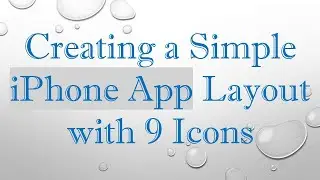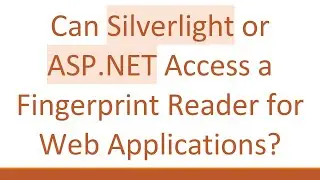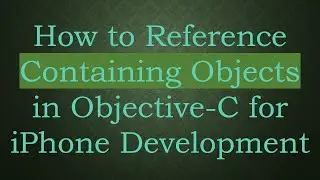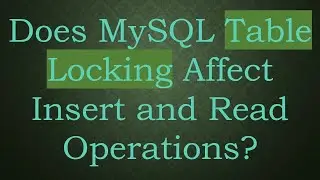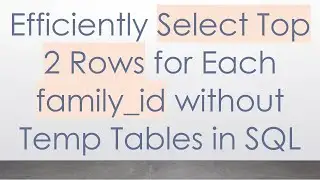Integrating Firebase with Unity Without an Official SDK
Learn how to integrate Firebase with Unity even without an official SDK. Explore methods and tools for a seamless Firebase-Unity integration to enhance your game development process.
---
Disclaimer/Disclosure - Portions of this content were created using Generative AI tools, which may result in inaccuracies or misleading information in the video. Please keep this in mind before making any decisions or taking any actions based on the content. If you have any concerns, don't hesitate to leave a comment. Thanks.
---
Integrating Firebase with Unity Without an Official SDK
In the world of game development, combining the powerful backend capabilities of Firebase with the robust game development environment of Unity can create a compelling and efficient workflow. However, due to the lack of an official SDK for this integration, developers may face some challenges. In this post, we'll explore some of the best methods for integrating Firebase with Unity without an official SDK.
Why Combine Firebase and Unity?
Before diving into integration methods, it's essential to understand why this integration is beneficial. Firebase offers a wide array of backend services, such as real-time databases, authentication, cloud storage, and analytics, which can significantly enhance a Unity-based game. With Firebase, developers can manage user data, store game progress in the cloud, and gain insights into game usage patterns.
Methods for Integrating Firebase with Unity
REST API Integration
One of the most straightforward methods to integrate Firebase with Unity is through REST APIs. Firebase provides REST endpoints for many of its services, allowing Unity to communicate with Firebase by sending HTTP requests.
Steps to Follow:
Create Firebase Project: Set up a project in the Firebase console.
Obtain API Keys: Secure your Firebase API keys and endpoints.
HTTP Requests in Unity: Use Unity's C scripting to send HTTP requests. Libraries like UnityWebRequest can simplify this process.
Example Code:
[[See Video to Reveal this Text or Code Snippet]]
Third-Party SDKs
Several third-party SDKs can help bridge the gap between Unity and Firebase. These SDKs simplify the process by providing wrappers around Firebase's REST API endpoints, allowing for more intuitive and streamlined integration.
Firebase Unity SDK (Community): This community-driven SDK provides features like authentication, database, storage, and more. However, always ensure you check the credibility and reliability of community SDKs.
Using Firebase Functions
Firebase offers Cloud Functions, which can be used to run server-side code. By calling these cloud functions from Unity, developers can indirectly interact with Firebase services.
How to Use:
Set Up Cloud Functions: Write your cloud functions in Node.js and deploy them via the Firebase CLI.
HTTP Trigger: Set up HTTP triggers for these functions.
Call from Unity: Use Unity's HTTP request capabilities to call these cloud functions.
[[See Video to Reveal this Text or Code Snippet]]
[[See Video to Reveal this Text or Code Snippet]]
Conclusion
Integrating Firebase with Unity, even without an official SDK, is possible through multiple methods like REST API integration, third-party SDKs, and cloud functions. Each method has its strengths and can be chosen based on the specific needs of your project. Using these techniques, developers can leverage Firebase's powerful backend services to enhance their Unity games effectively.









